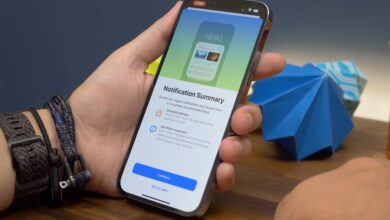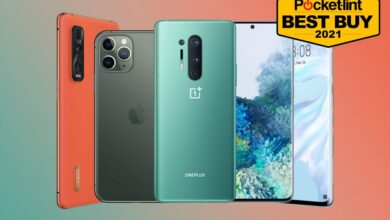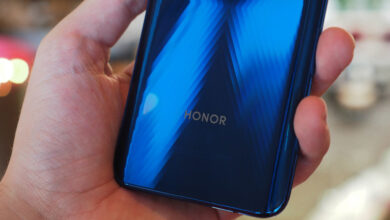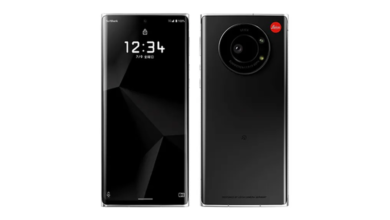Power your iPhone or Android phone
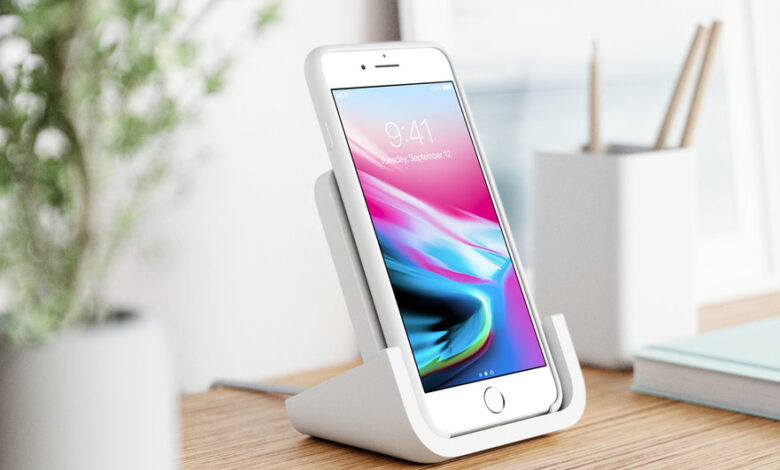
(Pocket-lint) – Wireless charging has been around for a good while now, but it’s only in the last couple of years that it’s started to take off. More and more manufacturers have been getting on board with the ubiquitous Qi wireless charging standard and the tech is now inside virtually every flagship phone.
So what exactly is wireless charging, how does it work and does your phone even support it? Allow us to answer all these questions and more.
Samsung has supported wireless charging since the Galaxy S6 and Huawei introduced it with the excellent Mate 20 Pro.
Apple adopted wireless charging with the iPhone X and iPhone 8 and iPhone 8 Plus. Since then it’s appeared in the iPhone XS and XS Max as well as in the iPhone 11 and iPhone 12 series as well as iPhone XR and new-generation iPhone SE.
An increasing number of phones also support reverse wireless charging where you can charge other devices from the phone – for more information on this, check out What is reverse wireless charging and which phones have it?
What is wireless charging?
Wireless charging is the transfer of power from a power outlet to your device, without the need for a connecting cable.
It involves a power transmitting pad and a receiver, sometimes in the form of a case attached to a mobile device or built into the phone itself. When we said it was cable-free, it isn’t quite, because the pad will have a cable going from the outlet into it.
How does wireless charging work?
Wireless charging is based on inductive charging, whereby power is created by passing an electrical current through two coils to create an electromagnetic field.
When the receiving magnetic plate on the mobile device comes into contact with the transmitter – or at least within the specified range – the magnetic field generates an electrical current within the device.
This current is then converted into direct current (DC), which in turn charges the built-in battery.
What is the standard for wireless charging?
The main wireless standard is Qi (pronounced “chee”). Qi is a standard that has been developed by the Wireless Power Consortium (WPC) for inductive charging over distances of up to 40mm.
Qi wireless charging has been adopted by many of the major smartphone manufacturers: Samsung, Apple, Sony, LG, HTC, Huawei, Nokia (HMD), Motorola and Blackberry. It’s also being incorporated inside numerous vehicles now too.
Another wireless charging standard was Powermat. It was used by some retailers such as Starbucks to enable customers to charge their phones. But it lost the format war if you like, so Powermat said in 2018 that it would develop commercial wireless charging technology compatible with Qi.
Qi has three separate power specifications, beginning with low power, which is primarily what we’re talking about here, for charging mobile devices. At the moment there are several wattages that can be applied to this. 5W is a minimum, while some handsets support 7.5W, 10W and up to 15W and then onto 30W in a later version of the standard. However, individual companies can develop their own technologies to deliver faster wireless charging speeds.
Who sells wireless charging mats and stands?
Many peripheral manufacturers now have their own wireless chargers including Anker, Belkin, Logitech, Moshi and Mophie. Some of these look like mats or pads, others like desk stands.
Wireless charging is now appearing in a variety of places; Swedish flat-pack extraordinaire Ikea has a number of pieces of furniture, mainly side tables and lamps, that have Qi wireless charging built into them. The furniture chain sells standalone wireless charging pads too, as well as a range of cases for different phones.
Apple’s own wireless charging mat – called AirPower – never actually launched but there are many third-party versions that will charge your iPhone, Apple Watch and newer AirPods have a wireless charging case as do many other wireless earphones now.

Can I get wireless charging in my car?
Many car manufacturers have wireless charging in certain models, but even then it often isn’t as standard and tends to be on models further up the range. The manufacturers using it include Audi (and the rest of the WV group), BMW, Ford, Honda, Mercedes-Benz, Peugeot, Toyota, and Volvo.
What are the advantages of wireless charging?
- A safe way to transfer power to your phone.
- Simple to just drop your phone on the charging pad.
- Puts less strain on the charging port of your phone.
- Qi wireless charging pads are being installed in various places around the world, if you run out of juice and don’t have a cable you can still charge your phone.
What are the disadvantages of wireless charging?
- Wireless charging is slower, especially for phones with Quick Charge technology – plugging into a wall outlet will be much, much quicker for those devices.
- If you’ve got your phone charging via a cable, you can still hold it and use it as normal. If you take your phone off a wireless charging pad to use it, it stops charging.
- Not all phones have it.
Writing by Dan Grabham and Max Langridge. Originally published on .



